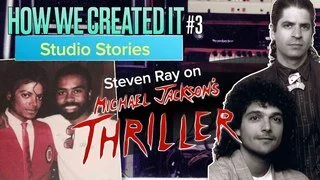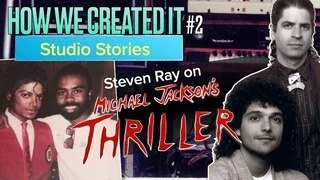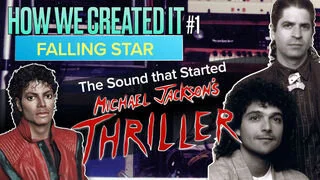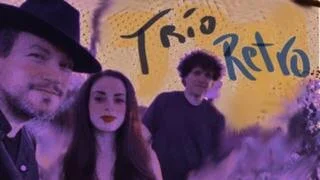This article was originally featured on page 3 of SHOOT Magazine and online here.
Anthony Marinelli
Music is considered a vital element when married with picture, but is usually left to the end of the production schedule. The day is here where technology allows us to create the story, the picture edit, visual effects, sound effects and music at the same time. What are we waiting for?
While the producer is telling composers it’s too early to be thinking about music, the film editor has already picked a piece of music and presented it with picture. Someone was thinking about music from the start, it just wasn’t a composer. This decision puts a lot of extra burden on the final music. Most editors prefer cutting to music as it helps create atmosphere, determines pace, and motivates cutting/extending a scene, etc.
The film editor, by default, is often the sole decider of the temp music. This creates a ripple effect as the project progresses. “Just find something to cut to” becomes “everybody loves the temp music.” The editor, by default, is dictating the direction of the music. Any other music created later is a replacement by definition.
A composer’s job is to create the best option for the picture (not just beat the temp). “Temping” without a composer’s input does not make this easy. Human beings get attached to things, especially when they’re working well. “Temp Love” however, may be blocking a better idea.
Agencies may turn this “replacement process” into a competition amongst composers, music houses and libraries to beat the temp. Agencies feel like they need a lot of choices, but that doesn’t allow for direct collaboration with the composer of that music.
A worse case scenario is hiring a composer that must spend valuable time reacting to the temp and navigating around complications like potential copyright infringement.
An Alternative:
- Decide on tempo and tone utilizing the knowledge of a composer along with the editor and creative team.
- Sort through temp music via streaming services or iPods for inspiration when editing, but quickly leave this dangerous territory
- Just as an editor creates rough edits that lead to a final approved edit, composers can organically create rough original tracks during the editing process that lead to the final music version.
- Composers can set up a laptop and MIDI controller near the editor to create an original temp score. This way the edit and music can be updated together.
- The entire creative team can be in constant dialogue through this type of proximity to react to developing ideas.
It’s time for agencies to think music from the start.
Composer/producer/musician Anthony Marinelli heads up Los Angeles-based Music Forever.




















